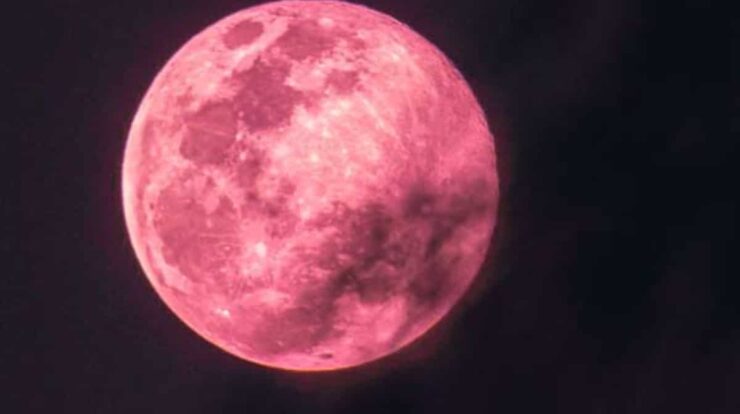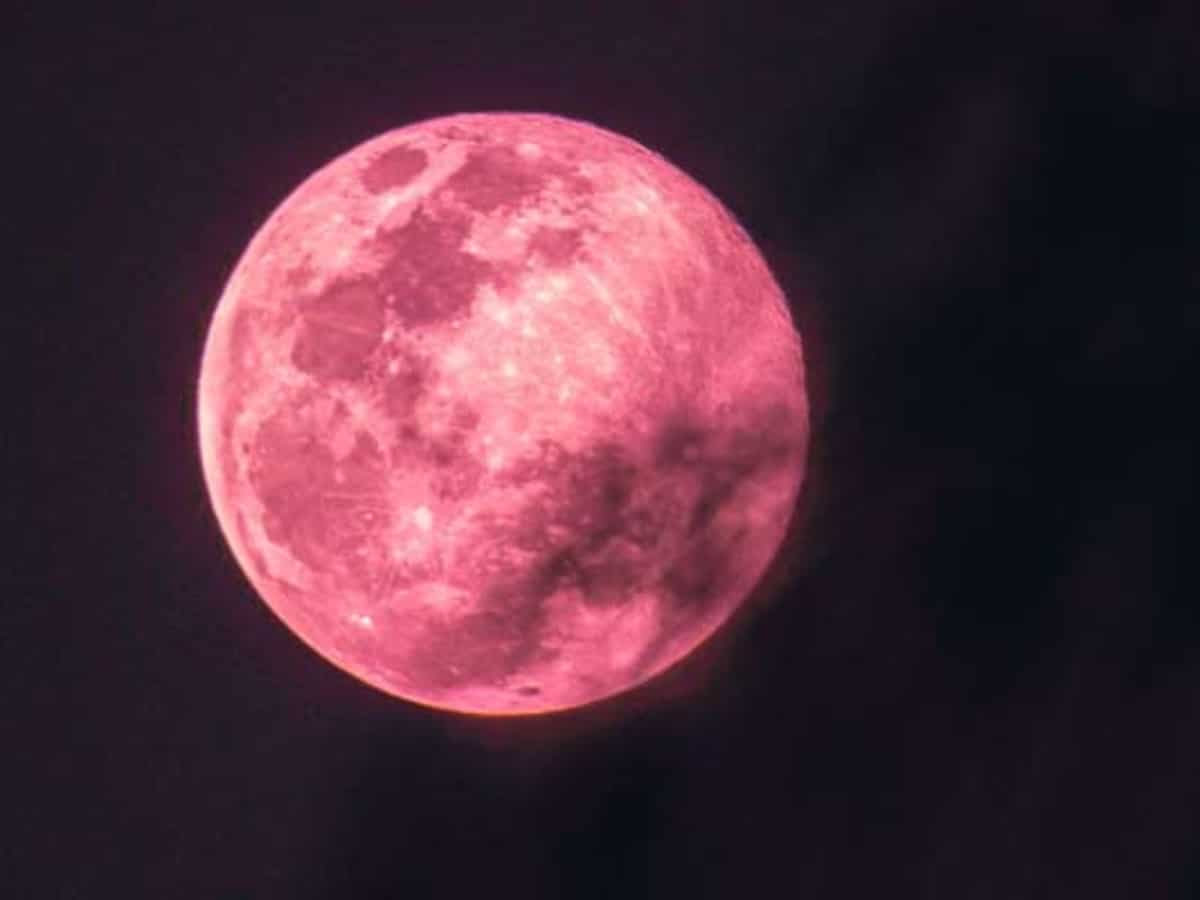
Pink moon april 2024 – Prepare for a breathtaking celestial event as the Pink Moon graces the night sky in April 2024. This captivating lunar phenomenon holds astronomical, cultural, and artistic significance, making it a spectacle not to be missed.
Astronomically, the Pink Moon refers to the first full moon of spring in the Northern Hemisphere. Its unique name, despite its lack of actual pink coloration, stems from the blooming of wild ground phlox, a flower that typically coincides with this lunar occurrence.
Pink Moon: A Celestial Wonder in April 2024: Pink Moon April 2024
The night sky will be illuminated by a rare and captivating celestial event in April 2024: the Pink Moon. This captivating astronomical phenomenon holds significance in various aspects, from its astronomical definition and cultural folklore to its impact on nature and creative inspiration.
Astronomical Significance
Astronomically, a “pink moon” refers to the first full moon that occurs during springtime in the Northern Hemisphere. Unlike its name suggests, the moon does not actually appear pink; the term originated from the Native American Algonquin tribes, who named it after the pink wildflowers that bloom during this time of year.
The Pink Moon of April 2024 will occur on April 25th, marking its unique occurrence as the first full moon after the Spring Equinox. It will be visible in the night sky for several nights, offering ample opportunities for stargazers to witness its celestial beauty.
Cultural and Folklore
The Pink Moon has long been a subject of cultural and folkloric tales. In many cultures, it symbolizes new beginnings, renewal, and fertility. Native American tribes believed that the Pink Moon’s energy could enhance spiritual growth and healing.
In European folklore, the Pink Moon was associated with romance and love. It was believed that couples who kissed under the Pink Moon would be blessed with everlasting love.
Impact on Nature
The Pink Moon’s presence in the night sky is said to influence the natural world. Farmers have observed that the Pink Moon’s light promotes the growth of crops and vegetation.
Animal behavior is also believed to be affected by the Pink Moon. Some species, such as wolves and foxes, may become more active during this time. Additionally, the Pink Moon’s light can influence the tides, causing them to be higher than usual.
Photography and Observation
The Pink Moon offers a breathtaking opportunity for astrophotography enthusiasts. To capture stunning images, it is recommended to use a tripod and a telephoto lens to magnify the moon’s details.
For optimal viewing, find a location with minimal light pollution. Open fields, beaches, or parks can provide clear views of the moon. The Pink Moon will be visible in all parts of the world, but its visibility may vary depending on weather conditions.
Creative Inspiration, Pink moon april 2024
The Pink Moon has served as a muse for artists, musicians, and writers throughout history. Its ethereal glow and symbolism have inspired countless works of art, music, and literature.
Poets such as William Wordsworth and Emily Dickinson have written verses about the Pink Moon’s beauty. Artists like Vincent van Gogh and Georgia O’Keeffe have captured its essence in their paintings.
Epilogue

From inspiring artists to influencing natural rhythms, the Pink Moon of April 2024 promises an enchanting experience. Whether you choose to capture its ethereal beauty through photography, immerse yourself in its cultural lore, or simply marvel at its celestial presence, this lunar event is sure to leave a lasting impression.
FAQ Resource
What is the significance of the Pink Moon?
The Pink Moon marks the first full moon of spring in the Northern Hemisphere, symbolizing renewal and growth.
Why is it called the Pink Moon if it’s not actually pink?
The name “Pink Moon” originates from the blooming of wild ground phlox, a pink flower that coincides with the lunar event.
What is the best time to view the Pink Moon?
The Pink Moon will be at its fullest on April 20, 2024, and will be visible throughout the night.






